Get to Know Kim Ngo of Thien Thanh
Bánh cuốn are rolled cakes made of paper-thin sheets of steamed rice flour noodle which are eaten in Vietnam the same way that crêpes are eaten in France. Traditionally a breakfast item, you can get them plain (bánh cuốn thanh trì) or filled with meat (bánh cuốn nhân thịt). The traditional filling is minced pork and wood-ear mushroom, but there are usually options for other fillings, too, such as shrimp or chargrilled pork.
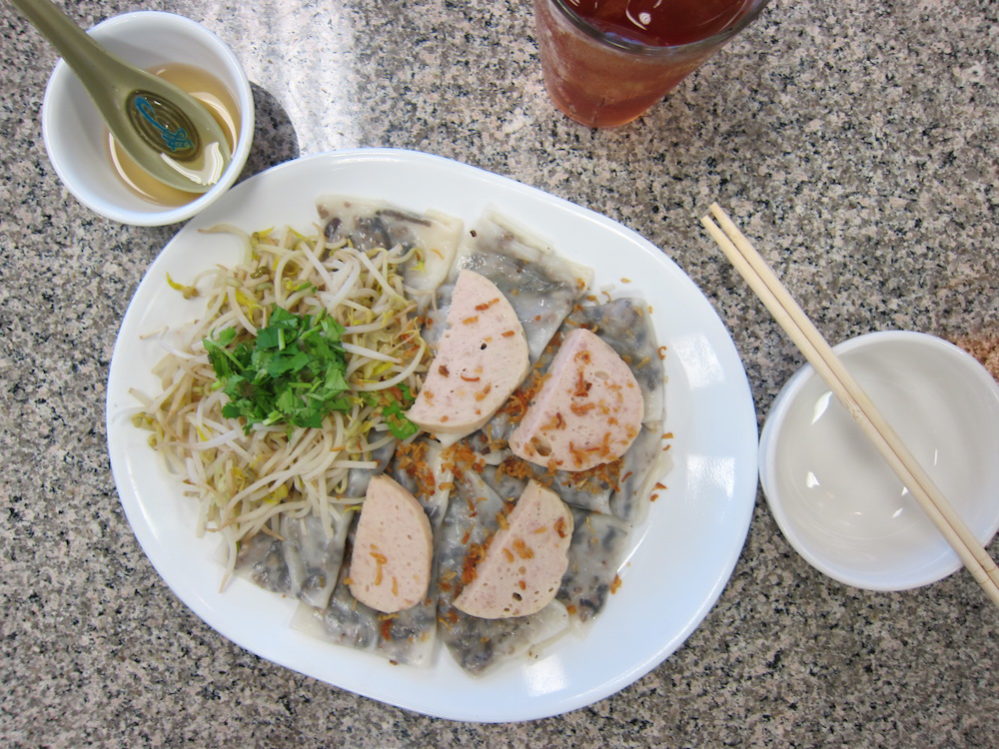
Thien Thanh’s banh cuon nhan thit
In Houston, when we talk about where to go for bánh cuốn, the most famous restaurant is Thien Thanh. Located in a strip mall on Bellaire Boulevard at Boone Road, this mom-and-pop spot is the OG of Vietnamese restaurants in the area.
When Kim Ngo (photo below) opened Thien Thanh 23 years ago, there were undeveloped pastures across the street where people could hunt deer. There was no Hong Kong City Mall, which would open six years later, in 1999; no Nguyen Ngo French Cafe, which would open in 2004; no Lee’s Sandwiches, which debuted in 2006. In fact, Ngo was one of only two tenants in his building at the time.
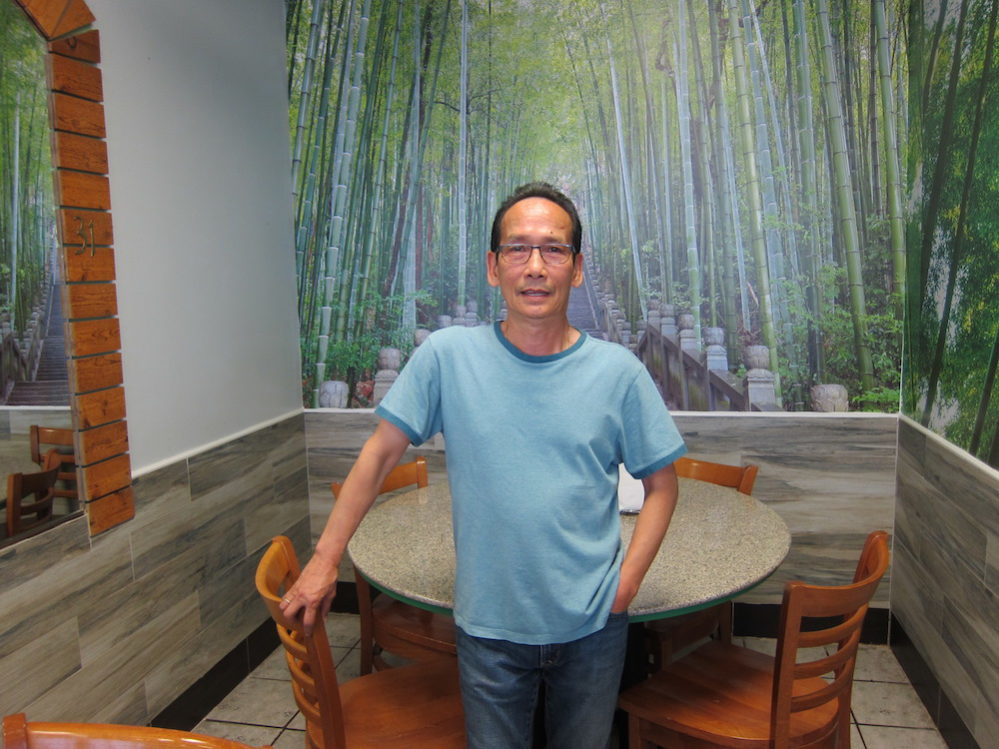
Kim Ngo, owner of Thien Thanh
Today, drive down Bellaire Boulevard between Beltway 8 and Highway 6, and the area is booming with new, primarily Vietnamese-owned businesses. There are new places for bánh cuốn as well, like Banh Cuon Hoa. But step into Thien Thanh and not much has changed. Beyond adding a few snack items to the top of the menu, the restaurant serves the same core 14 items. Whereas prices have gone up around town, two people can still eat well here for around $20.
Ngo, now 66 years old, is almost always behind the counter, taking orders and checking people out. He works from open to close six days a week, and he’s been doing it for the last 23 years.
On the afternoon of our interview, Ngo is upbeat and energetic. A devout Catholic, he lets his staff go to church during the break between lunch and dinner service on weekends. While they’re gone, he’s non-stop busy, answering phones, taking orders, greeting customers, checking people out and making sure that the restaurant is running smoothly.
“See him?” he says fondly, gesturing towards a man paying for several to-go orders. “He’s been coming here since he was a kid. I know his entire family.” During the course of about an hour, several more long-time customers come into the restaurant.
“When this one started coming to my restaurant, his hair was black. Now it’s gray,” he says affectionately of another customer, pausing for a moment before saying proudly, “You see? My customers always come back to me. They never go anywhere else.”
Ngo’s immigrant story is a common one in Houston. Yet each of these stories has its own unique variation. Why Houston? Why a restaurant? We asked a few nosy questions to learn more.
How did you come to live in Houston?
I was in my mid-20s when I came to the United States. My dad used to be in the army and had already passed away. My mother and my six brothers and sisters didn’t want to leave Vietnam. Our family had connections, so I left Vietnam after the fall of Saigon in 1975. I had sponsors in New York City and went to college at Albany State for an accounting degree. Do you know how much jobs used to pay then? Minimum wage was about $3 an hour. I heard that they were paying $8-plus an hour for people to paint here in Houston, so during the summers, I would fly here to Houston to work. I moved to Houston in 1983 and got a job in a convenience store. That’s where I met my wife.
Why did you choose this location to open your restaurant?
We barely had any money at the time. Me and my wife are both the eldest in our families. She had nine siblings younger than her that were relying on her. I had six siblings. We were working two jobs at the time. I was working construction and whatever else I could pick up. She was a hairdresser. To make extra money, her mom’s friend saw our hardship, so she taught my wife how to make bánh cuốn to sell from home. After that, my wife came up with her own recipe, and we sold large batches to churches, to grocery stores. We did this for three years until we knew we had enough of a following to open, and this was the only location we could afford. We are lucky because people loved our food and didn’t mind driving here.
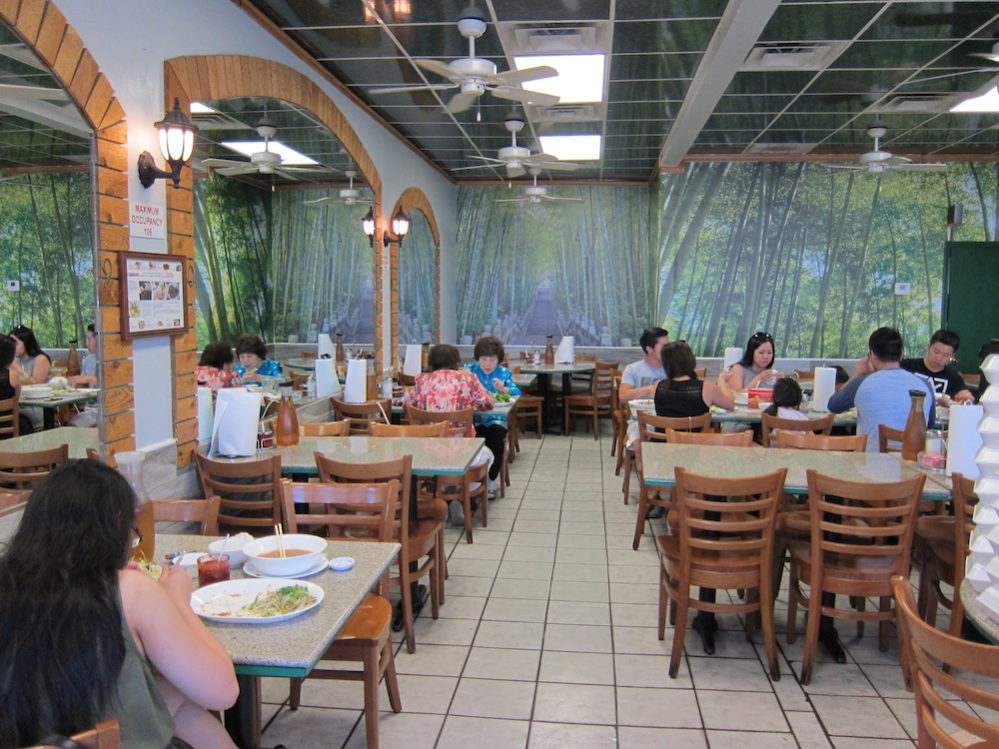
Inside of Thien Thanh
You’re here from morning to close six days a week. What do you do on your day off?
I come back here for about half the day. I used to exercise three times a week, but now I do it on Wednesdays. I like to read. I read about history, and I also read the Bible. Several years ago, I joined a Catholic group called the Cursillo Movement. I devote a lot of my time to all the good works that this group does. We help the homeless and do a lot of active charity work. Every Wednesday, from 7 pm to 9 pm, we meet and plan all of our activities.
If you could have chosen your own career, what would you have been?
I was supposed to be a lawyer. I had finished my studies in Vietnam, but when I came here, I had to start over. That’s why I went to get a degree in accounting. If I could have had a choice, I would have been a lawyer.
Didn’t you once have plans to franchise your restaurant? What happened?
Do you see those blueprints hanging on the wall? [He points to blueprints in the corner of the restaurant.] About 10 years ago, people wanted to give me a lot of money to franchise. We had plans to do it. But I chose my faith over expansion. If I franchised or opened more locations, there was no way that I could be as active as I am in the Cursillo Movement. Let me tell you what I say to people who ask me why I don’t try to expand: When you have a beautiful cake, and your stomach can only handle half of the cake, don’t try to eat everything.
For more features related to Houston’s Asiatown dining scene, click here.
This article was originally published in the Summer 2017 issue of My Table magazine, now on newsstands. To purchase a copy online, click here. To find one at a local retailer, click here.

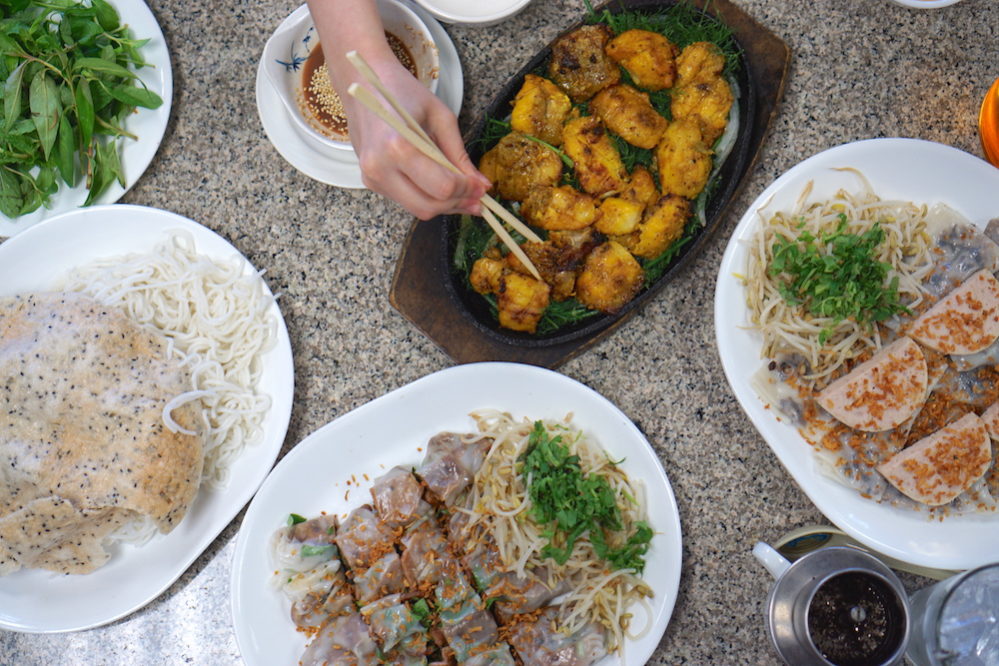

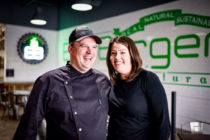

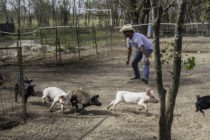

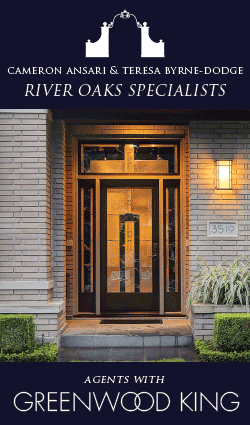
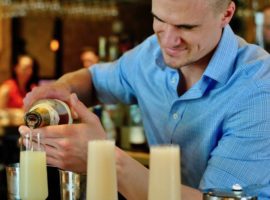
Follow Us